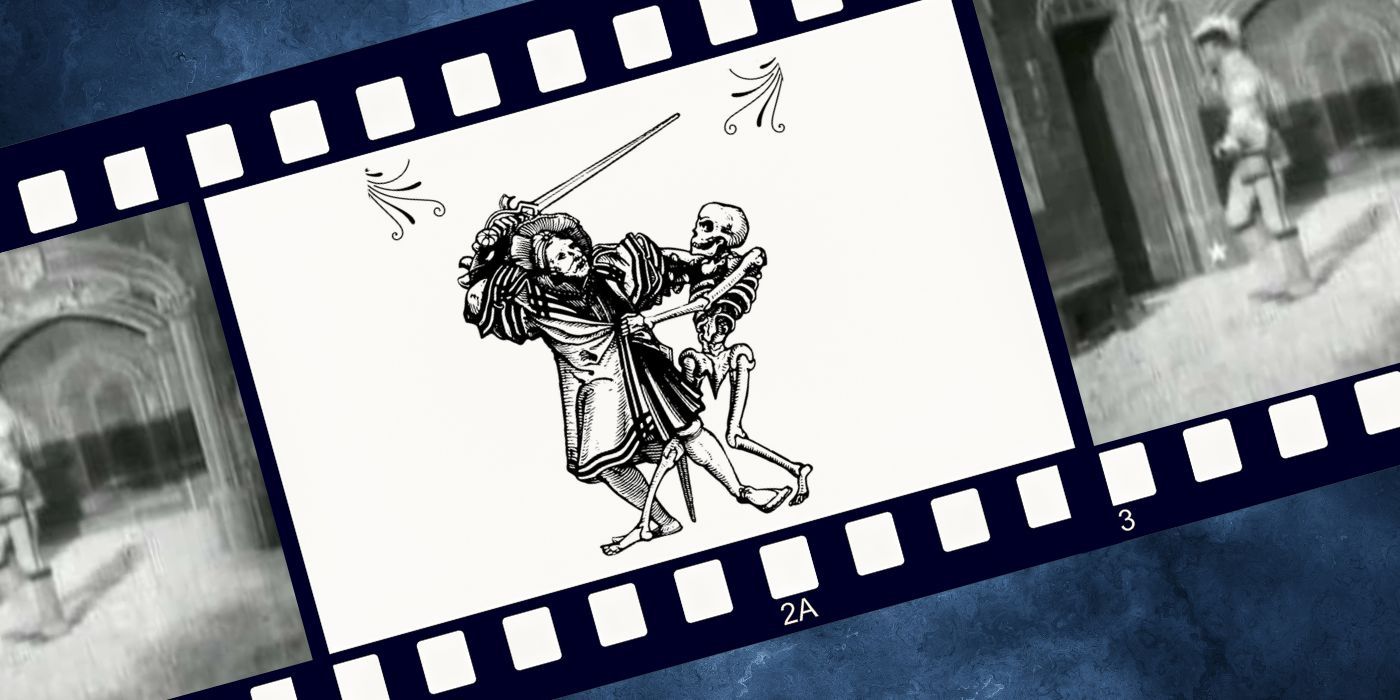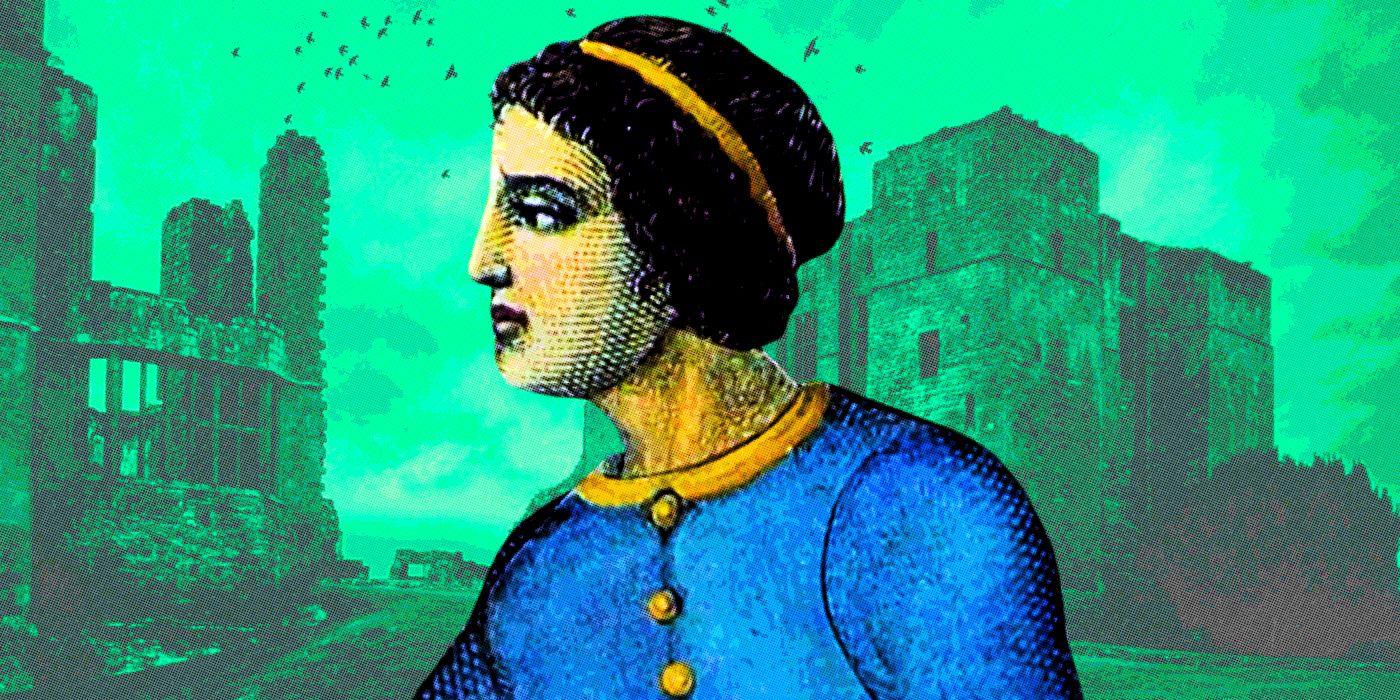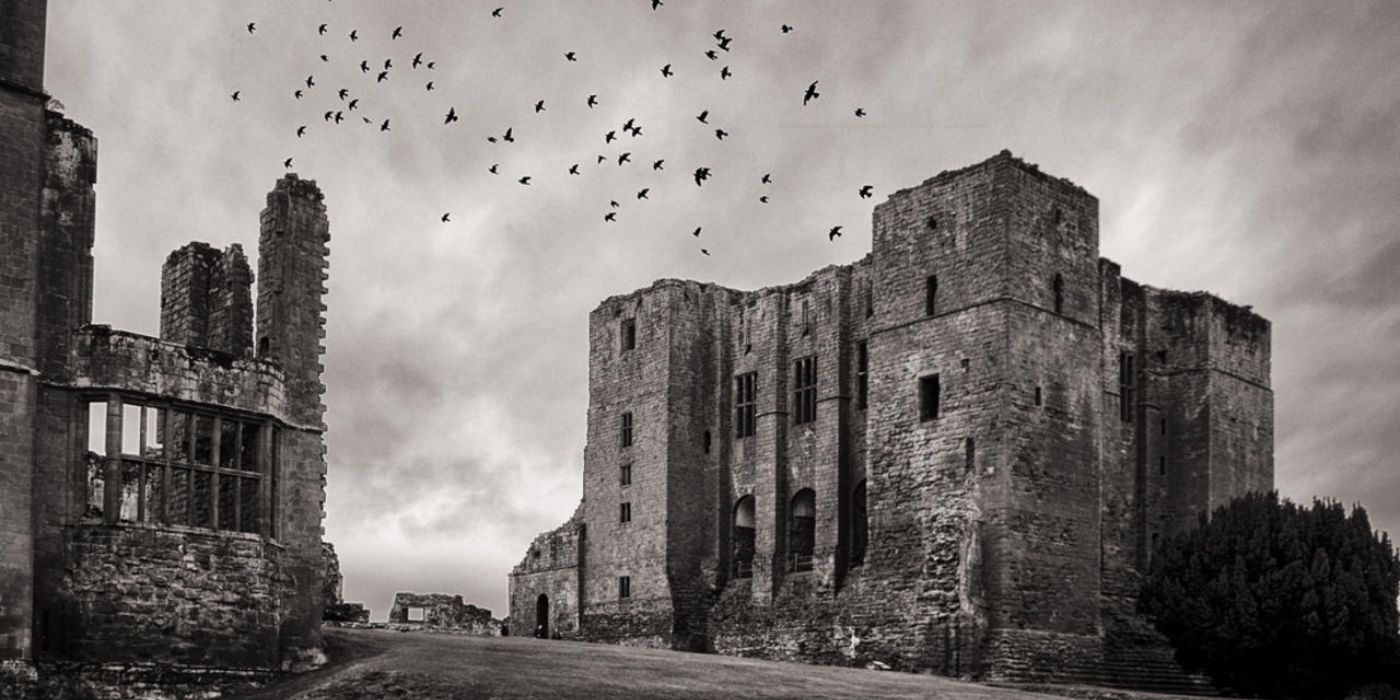The Big Picture
- The Castle of Otranto legitimized the horror genre as a literary form in the 1700s, inspiring subsequent revivals of the gothic genre.
- Jan Švankmajer's mockumentary is a playful adaptation of the Castle of Otranto, adding a comedic gothic twist to the storyline.
- The gothic genre led to the development of horror films, with elements of the gothic still pervading modern horror movies.
Elements of horror have always been around, from the demons in religious allegories to the monsters in folklore and fairy tales. But horror wasn't seen as a legitimate genre until the 1700s, except back then it was called "gothic fiction" and was initially abhorred before it was celebrated. There have been subsequent revivals of the gothic genre in the following centuries, but the story that initiated the daring trend was Castle of Otranto (1764) by Horace Walpole. Embodying the precursors of significant gothic tropes, the novel is said to have legitimized the horror genre as a literary form, essentially making it the first certified horror story. This inspired Czech director Jan Švankmajer (known for his surrealist stop-motion animation, particularly his 1988 film Alice), who created a 1979 short pseudo-documentary of the same name that engages with the storyline and setting of the novel whilst also adding a comedic gothic twist to its ending.
What Is the 'Castle of Otranto' Mockumentary About?
Švankmajer's 1977 pseudo-documentary follows an amateur archaeologist and his exploration of the setting of Otranto Castle, which he claims is actually based on a castle in Czechoslovakia and not Italy like the novel suggests. The grainy black and white frames of the archeological discovery starkly contrast the vibrant cut-out, stop-motion animation of the abridged story-telling. This framed narration is similar to the novel itself, which presents the story as an analysis of a cryptic manuscript from the time of the Crusades (1095-1291) that is in the process of translation. Even this subtle translation of the framed narrative into the short film speaks to Švankmajer's admiration of Walpole's story, despite his parody-like adaptation of it.
The story follows the prince of Otranto, Manfred, who is trying to avoid an ancient prophecy pervading his castle: the leadership "should pass from the present family, whenever the real owner should be grown too large to inhabit it." It opens with his son's death in which he is crushed by a giant helmet, leading to Manfred's decision to wed Isabella, who was going to be his future daughter-in-law. When she refuses and escapes, there are several supernatural events involving a giant knight, multiple marriage proposals, and multiple deaths, eventually concluding with Manfred's abdication and Isabella's marriage to her savior. The story is littered with gothic tropes from hidden identities, damsels in distress, a dark menacing castle, supernatural forces, and secret passageways.
How Did 'Castle of Otranto' Ignite the Horror Genre?
As the first established gothic horror story, Castle of Otranto contains some horror tropes and many precursors to the more common tropes we see today. The inhumanely giant supernatural knight is one of its main gothic elements; it follows the classic trail of clues from a giant helmet to rumors of giant limbs, until its climatic revelation of its role in the prophecy. Rather than portraying the figure as an antagonist or hero like modern paranormal stories tend to do, the knight embodies a more ambivalent worldly force: he's there to preserve the sanctity of the castle and uphold the prophecy. Švankmajer's decision to parody this pioneering work is probably influenced by the absurdity of the giant knight, especially since the catalyst of the Castle's misfortunes happens to be a giant helmet crushing the promising heir which is filled with comedic undertones.

What Was the First Horror Movie?
Horror movie firsts that built a foundation for the horror films of today.Made over 200 years later, Švankmajer's mockumentary suggests a more contemporary interpretation of spirits, where the final dramatic twist reveals that the ghostly knight had been ominously lurking among the ruins of the castle still. Ending with a giant fist furiously emerging from the rubble, the short film gives its source material a final playful salute. Adopting the enthusiasm of an inexperienced archaeologist, Jaroslav Vozáb eagerly showcases his evidence for the massive knight's existence, reminiscent of the thorough investigations exorcists or paranormal investigators undergo in supernatural films that revolve around possession. The pseudo-documentary interacts with the novel through gothic and horror tropes as well, providing a fascinating amalgamation of older precursors and now fleshed-out tropes.
Released in the height of the Romantic period, when writers and poets focused on long florid sentences about the eloquence of nature and the beauty of individualism, Walpole's novel was met with outrage and disparagement. Critics at the time even branded the emerging Gothic style as "terrorist literature," due to their ability to frighten and evoke horror. After the initial repulsion, the genre started gripping literate audiences from the working class to the upper ones; everyone loved reading about threats to humanity in the comfort and safety of their own home. In the wave created by Walpole came various infamous horror stories like Frankenstein (1818) by Mary Wollstonecraft Shelley and Dracula (1897) by Bram Stoker. Despite constant criticism of the gothic genre being quintessentially "immoral," writers reveled in the endless imagined supply of vampires, adultery, natural disasters, murder — anything that could incite terror. Some critics suggested that the genre was a way for writers to safely explore their darkest impulses whilst others contended that they actually manifest these impulses in audiences: a debate that is still prevalent today. Since its inception, horror has seemingly divided the world, yet another staple of the genre.
How the Gothic Genre Led to Horror Films
Gothic fiction is usually associated with literature and writing, but gothic elements have permeated visual arts for a long time. Phantasmagoria was a type of performance brought to London from France that is an early predecessor of cinema which involves the projection of shadows on usually a white fabric using lanterns. It embraced macabre imagery and used flickering and shadowy effects to create monstrous and ghostly figures, forming usually dark but comedic storylines. Subsequently, horror had been so entrenched in the human imagination that after the production of the first motion picture in 1888, French filmmaker George Méliès quickly pioneered what is considered the first silent horror film despite its largely humorous tones, The Haunted Castle (1896). The horror film industry then brought us the classic Phantom of the Opera, and soon after, studios were adapting their favorite gothic novels from Frankenstein to Dr. Jekyll and Mr. Hyde.
The horror genre itself began to differentiate into sub-genres that are widely recognizable now, like slasher flicks, supernatural films, apocalyptic horror, psychological horrors and even the more recent "elevated" horror. As such, Švankmajer's playful reimagining of Castle of Otranto speaks to how flexible and resilient the genre can be. Elements of the gothic still pervade film today, from supernatural entities to decrepit houses, but the horror genre has continued to reinvent itself, discovering new ways to terrify and disgust. This long-standing tradition of depicting and inciting horror can be almost entirely attributed to the absurd imagination and terrifying stroke of genius — that was condemned at the time — of Horace Walpole.


